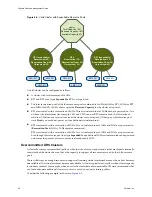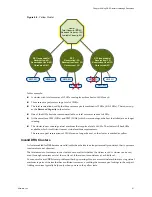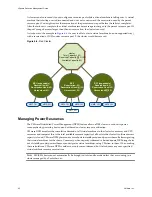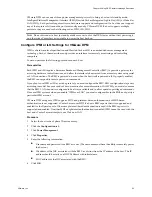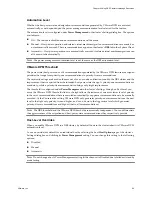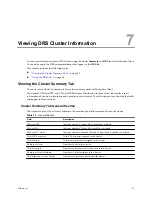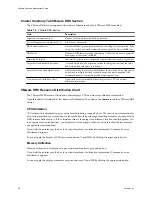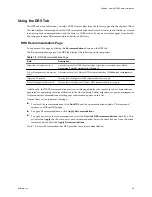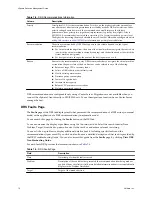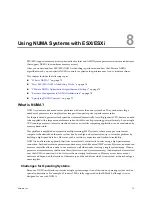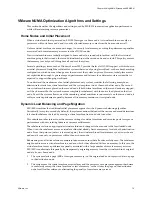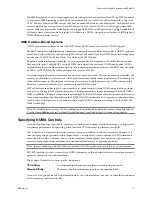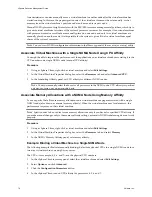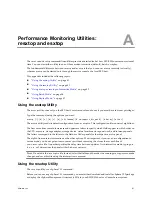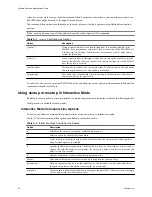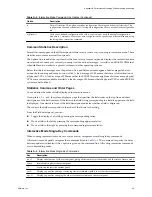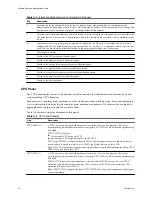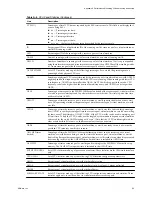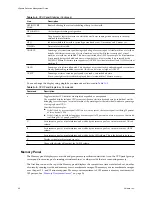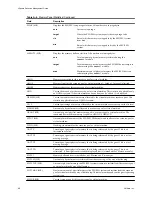
Using NUMA Systems with ESX/ESXi
8
ESX/ESXi supports memory access optimization for Intel and AMD Opteron processors in server architectures
that support NUMA (non-uniform memory access).
After you understand how ESX/ESXi NUMA scheduling is performed and how the VMware NUMA
algorithms work, you can specify NUMA controls to optimize the performance of your virtual machines.
This chapter includes the following topics:
n
“What is NUMA?,”
on page 73
n
“How ESX/ESXi NUMA Scheduling Works,”
on page 74
n
“VMware NUMA Optimization Algorithms and Settings,”
on page 75
n
“Resource Management in NUMA Architectures,”
on page 76
n
“Specifying NUMA Controls,”
on page 77
What is NUMA?
NUMA systems are advanced server platforms with more than one system bus. They can harness large
numbers of processors in a single system image with superior price to performance ratios.
For the past decade, processor clock speed has increased dramatically. A multi-gigahertz CPU, however, needs
to be supplied with a large amount of memory bandwidth to use its processing power effectively. Even a single
CPU running a memory-intensive workload, such as a scientific computing application, can be constrained by
memory bandwidth.
This problem is amplified on symmetric multiprocessing (SMP) systems, where many processors must
compete for bandwidth on the same system bus. Some high-end systems often try to solve this problem by
building a high-speed data bus. However, such a solution is expensive and limited in scalability.
NUMA is an alternative approach that links several small, cost-effective nodes using a high-performance
connection. Each node contains processors and memory, much like a small SMP system. However, an advanced
memory controller allows a node to use memory on all other nodes, creating a single system image. When a
processor accesses memory that does not lie within its own node (remote memory), the data must be transferred
over the NUMA connection, which is slower than accessing local memory. Memory access times are not
uniform and depend on the location of the memory and the node from which it is accessed, as the technology’s
name implies.
Challenges for Operating Systems
Because a NUMA architecture provides a single system image, it can often run an operating system with no
special optimizations. For example, Windows 2000 is fully supported on the IBM x440, although it is not
designed for use with NUMA.
VMware, Inc.
73
Summary of Contents for ESX 4.0
Page 6: ...vSphere Resource Management Guide 6 VMware Inc...
Page 44: ...vSphere Resource Management Guide 44 VMware Inc...
Page 52: ...vSphere Resource Management Guide 52 VMware Inc...
Page 72: ...vSphere Resource Management Guide 72 VMware Inc...
Page 80: ...vSphere Resource Management Guide 80 VMware Inc...


